Learning to play the piano as an older adult brings unique joys and challenges, particularly when it comes to finger training. Unlike children or younger learners, seniors often face physical limitations such as reduced flexibility, joint stiffness, or arthritis. However, with the right approach, these obstacles can be overcome, allowing for meaningful musical expression. Finger exercises tailored for older learners focus on gentle strengthening, coordination, and maintaining dexterity without strain. The key lies in patience, consistency, and adapting techniques to individual capabilities.
The foundation of effective finger training for seniors begins with understanding natural hand mechanics. Aging hands may not stretch as far or move as quickly, but they can still develop remarkable precision. Simple warm-up exercises, such as lightly tapping each finger to the thumb or rolling a soft ball in the palms, help stimulate blood flow and prepare muscles for playing. These activities should never cause pain; discomfort is a signal to adjust intensity. Over time, these small movements build resilience and familiarity with the keyboard’s layout.
One often overlooked aspect is the role of posture in finger agility. Sitting too high or too low at the piano affects how fingers interact with the keys. A well-adjusted bench ensures wrists remain level, preventing unnecessary tension. Many older pianists benefit from placing a small cushion behind their back for lumbar support, which indirectly promotes relaxed hand positioning. Teachers specializing in adult education emphasize this holistic approach—how the entire body contributes to finger mobility.
Scales and arpeggios, though fundamental, require modification for aging hands. Instead of brisk octave runs, seniors might practice two-octave scales at a slower tempo, focusing on even tone production. Black-key patterns are introduced early since their raised position can actually ease finger movement for those with mild arthritis. The goal shifts from speed to control—playing fewer notes with deliberate articulation fosters muscle memory without taxing joints. This methodical pace also aligns with the cognitive benefits many older learners seek, reinforcing neural connections through mindful repetition.
Another valuable technique involves "shadow playing"—pressing keys without producing sound to isolate finger motion. This eliminates the pressure of creating perfect notes while training individual digits to lift and descend independently. Some instructors incorporate silent keyboard mats for this purpose, allowing students to practice anywhere. Such exercises prove especially useful for rebuilding strength after injuries or long periods of inactivity. The mental focus required also sharpens concentration, turning physical practice into a meditative exercise.
Technology offers unexpected advantages in senior finger training. Apps that display finger placement light up keys to follow, reducing eye strain and simplifying coordination. Digital pianos with adjustable touch sensitivity accommodate weaker fingers by requiring less force to produce sound. For those with significant stiffness, weighted keyboards provide resistance that strengthens fingers gradually. These tools democratize learning, making progress achievable regardless of prior experience or physical condition.
Perhaps most importantly, repertoire selection must honor the learner’s life stage. Simplified arrangements of familiar melodies from their youth often motivate more than classical etudes. Playing songs with emotional resonance engages both fingers and memory, creating a feedback loop where technical practice feels purposeful. Duets with teachers or fellow students add social reinforcement, turning finger drills into shared moments of music-making. This emotional component sustains motivation far better than rote exercises alone.
Hydration and hand care form the unsung heroes of senior piano training. Dry skin or brittle nails can hinder playing, making moisturizing creams and proper nail trimming essential. Some learners discover that soaking hands in warm water before practice loosens stiffness. Others find relief through paraffin wax treatments or therapeutic gloves that retain heat during sessions. These small acts of self-care extend practice time and prevent injury, proving that finger training encompasses more than just keyboard time.
The journey of developing piano fingers later in life unfolds differently for everyone. Some may master Chopin within years; others find equal satisfaction in playing "Happy Birthday" for grandchildren. What matters is the continued engagement—the way fingers on keys keep the mind agile and the spirit young. As research continues to reveal music’s anti-aging effects on the brain, each pressed note becomes a celebration of lifelong learning. The piano, after all, offers rare terrain where time can be measured not in limitations, but in melodies gained.

By /Jul 25, 2025

By /Jul 25, 2025

By /Jul 25, 2025

By /Jul 25, 2025
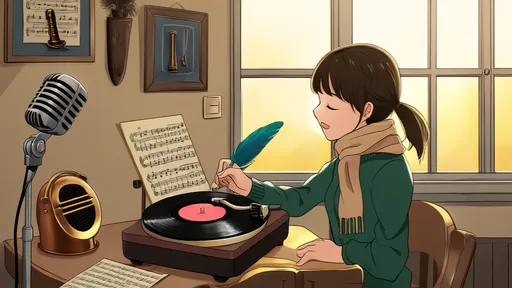
By /Jul 25, 2025
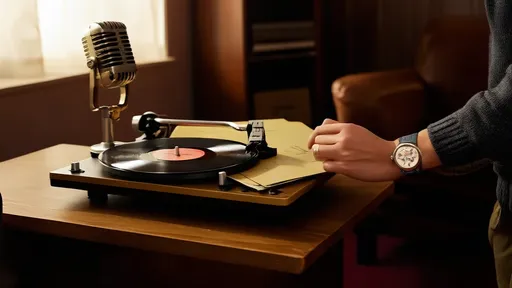
By /Jul 25, 2025
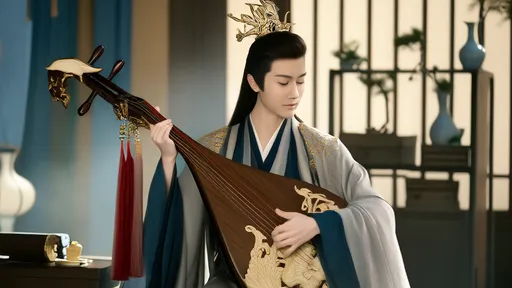
By /Jul 25, 2025

By /Jul 25, 2025
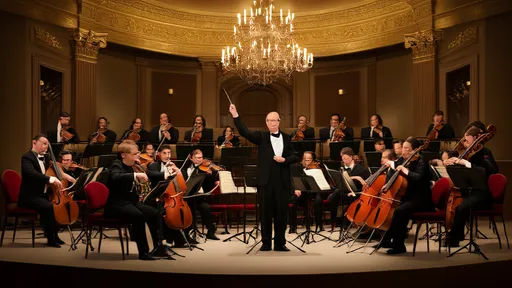
By /Jul 25, 2025

By /Jul 25, 2025

By /Jul 25, 2025
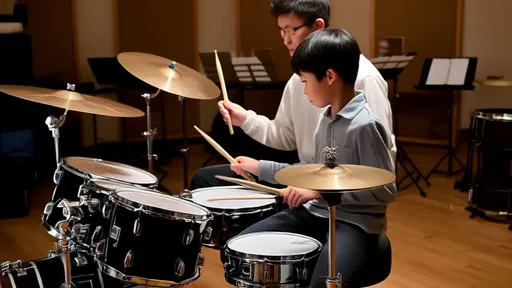
By /Jul 25, 2025

By /Jul 25, 2025

By /Jul 25, 2025
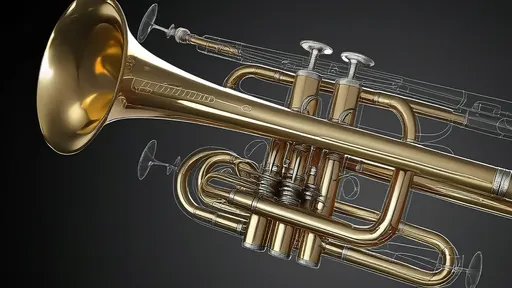
By /Jul 25, 2025
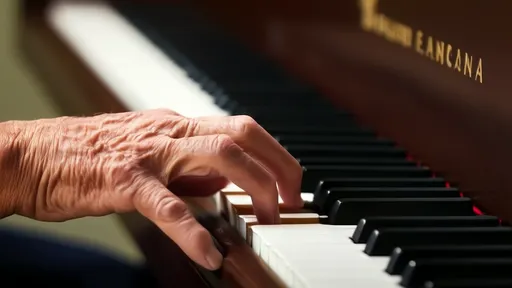
By /Jul 25, 2025
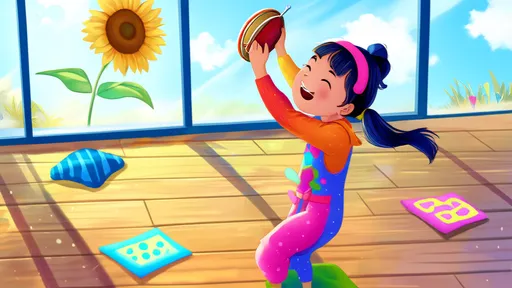
By /Jul 25, 2025

By /Jul 25, 2025